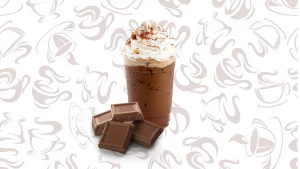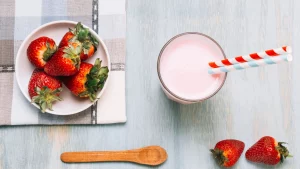
Kalita Wave: A Gentle Introduction to Pour Over
Kalita Wave: A Gentle Introduction to Pour Over
- azeem memon
- 23-01-2025
- 23-01-2025
- 1137 views
- Coffee Tips

The world of coffee brewing can be a vast and intimidating place, with countless methods and gadgets vying for your attention. But amidst the espresso machines and French presses, there’s a simple elegance to pour-over brewing that captivates many coffee enthusiasts. And within the realm of pour-over, the Kalita Wave stands out as a user-friendly and flavorful option.
What is Pour Over?
Pour-over brewing involves slowly pouring hot water over finely ground coffee beans contained within a filter. This controlled process allows for precise extraction, resulting in a clean, nuanced cup of coffee that highlights the unique flavors of the beans.
The Kalita Wave: A Closer Look
The Kalita Wave is a unique pour-over device that distinguishes itself with its distinctive three-holed base. This design ensures even water distribution across the coffee bed, minimizing channeling (where water finds a path of least resistance and bypasses some of the grounds). The flat-bottomed filter further contributes to even extraction.
Getting Started with the Kalita Wave
-
Gather Your Equipment:
- Kalita Wave dripper
- Kalita Wave filters (155 size)
- Kettle with a gooseneck spout (for precise pouring)
- Grinder (preferably a burr grinder)
- Scale (for accurate measurements)
- Timer
- Mug or server
- Stirring spoon
-
Prepare the Coffee:
- Grind your coffee beans to a medium-fine grind, similar to coarse sea salt.
- Weigh out your desired amount of coffee. A good starting point is a 1:16 coffee-to-water ratio (e.g., 20 grams of coffee to 320 grams of water).
-
Assemble the Dripper:
- Place the Kalita Wave dripper on top of your mug or server.
- Insert a Kalita Wave filter into the dripper.
- Rinse the filter with hot water to remove any paper taste and pre-heat the mug.
-
Bloom the Coffee:
- Add the ground coffee to the filter.
- Pour just enough hot water (about 60-70 grams) to saturate the grounds evenly.
- Allow the coffee to “bloom” for 30 seconds, allowing the carbon dioxide to escape.
-
Pouring the Water:
- Start pouring water slowly and steadily in a circular motion, maintaining a consistent flow rate.
- Continue pouring until you reach your desired total water volume.
- Pause briefly to allow the water to drain through the coffee bed.
-
Enjoy!
- Once all the water has drained, carefully remove the dripper.
- Stir the coffee gently and savor the nuanced flavors.
Tips and Techniques
- Water Temperature: Use water that’s just off the boil (around 200-205°F or 93-96°C).
- Water Quality: Use filtered water to ensure the best flavor.
- Grind Consistency: Consistent grind size is crucial for even extraction.
- Pouring Technique: Practice your pouring technique to achieve a smooth and even flow.
- Experiment: Adjust the grind size, water temperature, and coffee-to-water ratio to find your preferred flavor profile.
Cleaning and Maintenance
- Rinse the dripper and filter immediately after use.
- Wash the dripper and filter with mild soap and warm water.
- Allow the dripper to air dry completely.
Why Choose the Kalita Wave?
- Ease of Use: The Kalita Wave is relatively simple to use, even for beginners.
- Consistent Results: The three-hole base and flat-bottomed filter help ensure even extraction and consistent flavor.
- Flavor Clarity: The Kalita Wave produces a clean and balanced cup that highlights the nuances of the coffee beans.
- Versatility: The Kalita Wave can be used to brew a wide variety of coffee beans.
Beyond the Basics
- Explore different brewing methods: Try variations like the inverted method or the “pulse pour” method.
- Experiment with different coffee beans: Discover how the Kalita Wave brings out the unique flavors of various origins and roasts.
- Join a coffee community: Connect with other coffee enthusiasts to learn new techniques and share your brewing experiences.
The Kalita Wave offers a rewarding entry point into the world of pour-over brewing. With a little practice and experimentation, you can unlock the full potential of this elegant and flavorful brewing method.






















